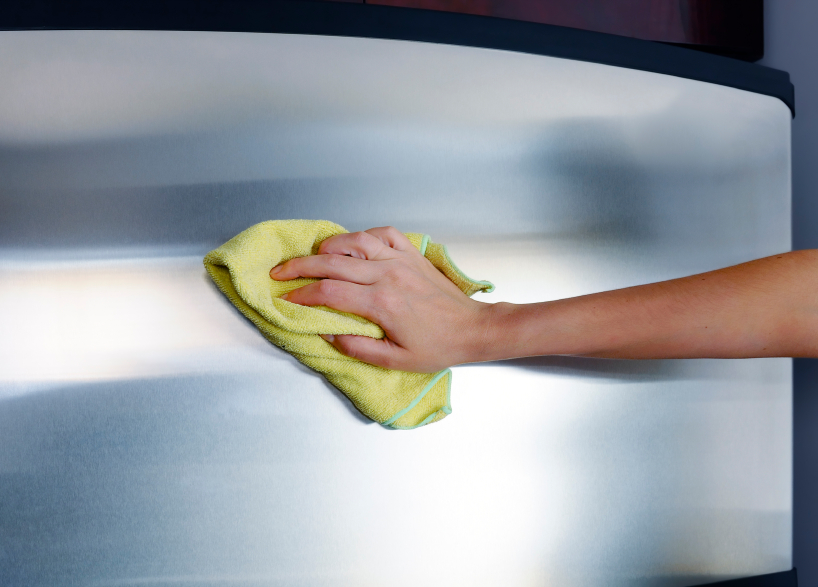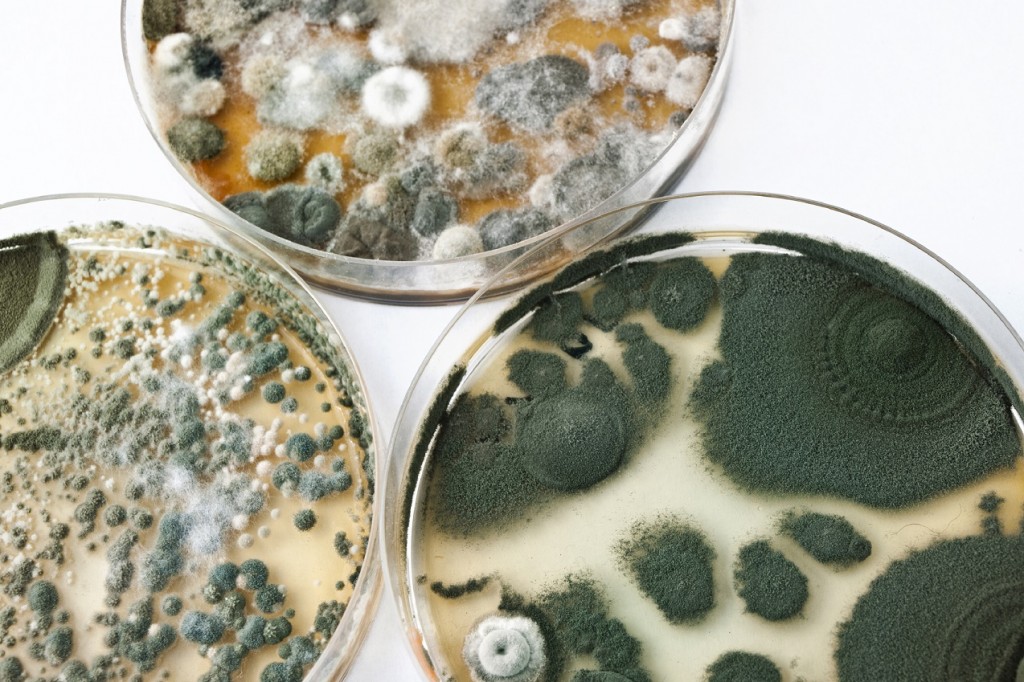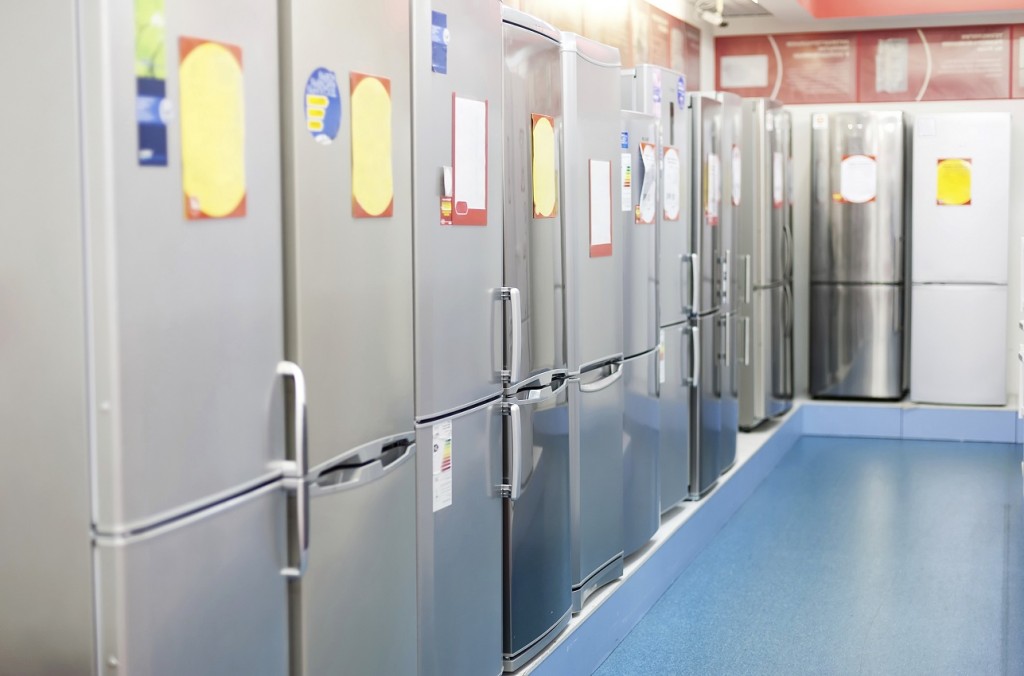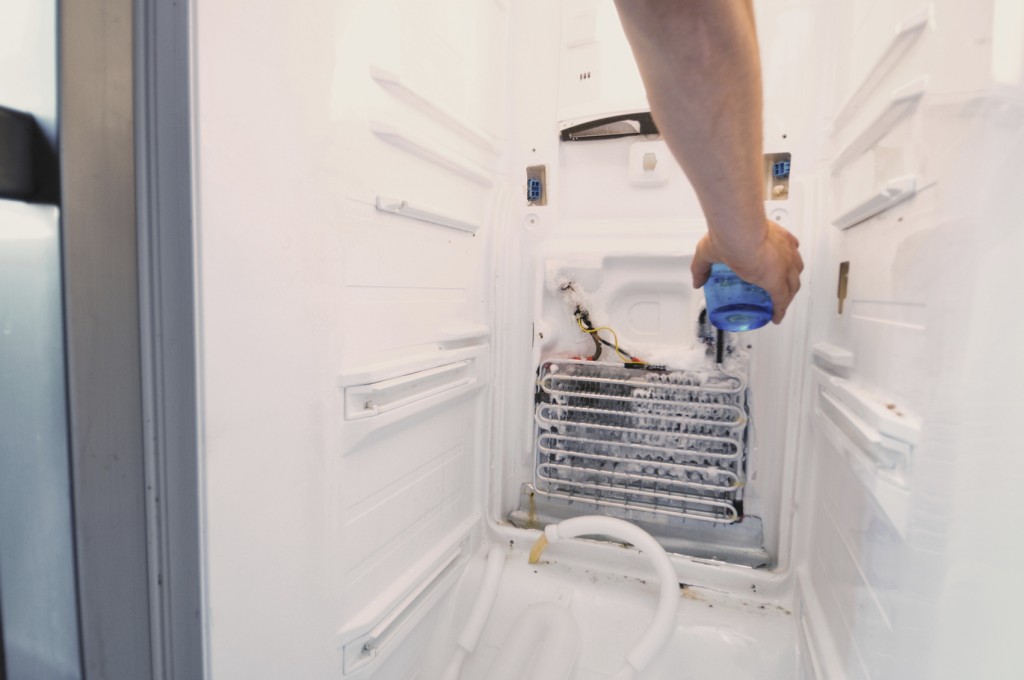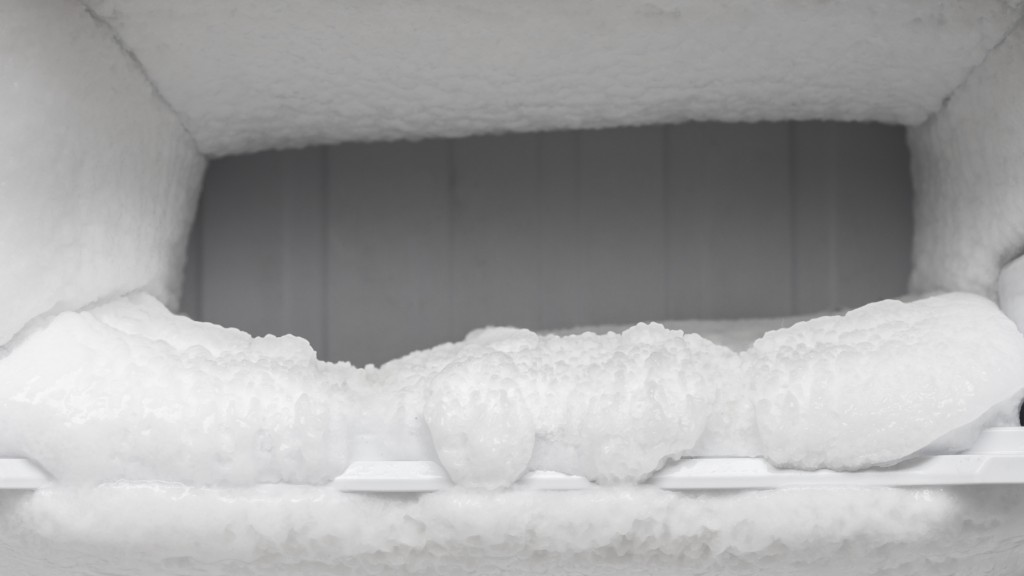
Does the inside of your freezer look like it was hit by a blizzard? Just follow the steps below to manually defrost your freezer, then find the cause of the problem to ensure it doesn’t happen again.
- Unplug the freezer from the electrical outlet.
- Remove all food and place it in a cooler or your second freezer to keep cool.
- For the quick method, melt the frost using a hair dryer on low heat. Make sure that the hair dryer doesn’t come in contact with any water, and don’t keep the nozzle pointed at one place for too long.
- For the longer method, line your freezer with towels and leave the door open overnight. The ice will eventually melt, and the towels will help prevent the water from leaking on to your floor.
- No matter which method you use, thoroughly dry the inside of your freezer with a clean towel in order to prevent mold.
- Plug your appliance back in and re-stock it with food.
Be advised that this method is only a band-aid approach. In order to prevent your freezer from frosting up again, you need to find the source of the problem. Here are a few common causes of frosty freezers:
- Damaged gasket. The rubber gasket (or door seal) creates an airtight barrier between your fridge and the outside world. One small rip or tear in this seal can allow warm air to enter, even when the door is closed. The moisture from this warm air condenses and freezes, turning into frost.
- Temperature set too low. Most freezers have an adjustable thermostat to control the temperature. Ideally, your freezer should be as close to 0° F as possible. Frost build up may indicate that your thermostat is set too low.
- Freezer is too full. When your freezer is overfull, air can’t properly circulate, which causes frost to build up.
Can’t get your freezer to stay frost-free? The refrigeration experts at Speedy Refrigerator Service can! Our licensed professionals have more than 75 years of experience fixing refrigerators and freezers in the NYC area. We guarantee one-hour service to New York City and Long Island! Call us anytime to schedule your same-day freezer repair at 866-782-9376.
